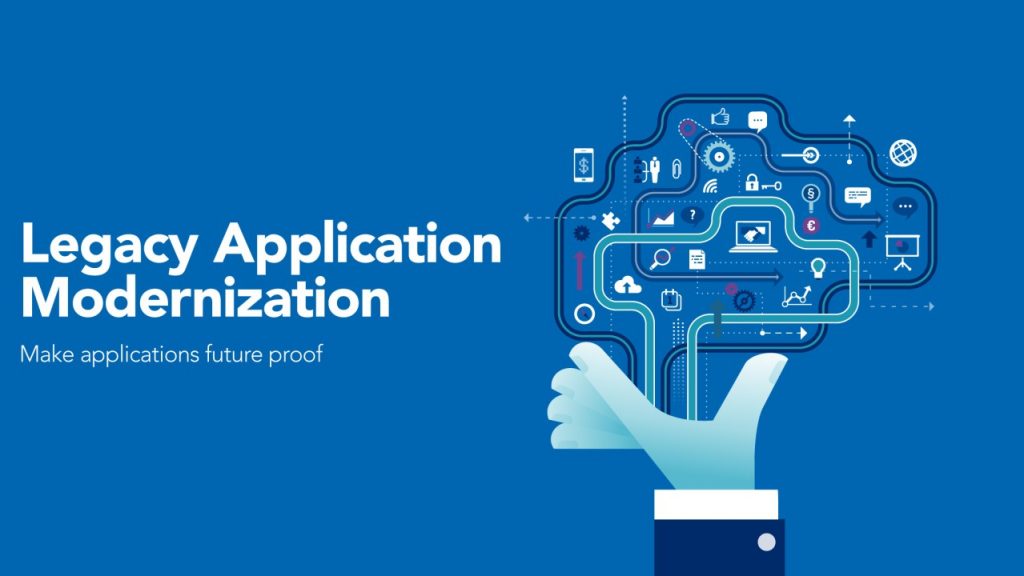
In today’s rapidly evolving digital landscape, businesses face the challenge of leveraging technology to stay competitive and meet the demands of modern consumers. Many organizations rely on legacy systems that were developed years ago and struggle to keep up with the speed, scalability, and functionality required in the current business environment.
- The Challenges of Legacy Systems:
Legacy systems, while once cutting-edge, often suffer from several limitations that hinder business growth and efficiency. These challenges include outdated technology, compatibility issues, lack of scalability, limited integration capabilities, and maintenance complexities. These factors can result in slower processes, increased downtime, higher costs, and difficulties in meeting evolving customer expectations.
- Benefits of Modernization:
a. Enhanced Performance: Modernizing legacy systems brings performance improvements through optimized code, streamlined workflows, and improved infrastructure. This results in faster response times, reduced system downtime, and increased overall system efficiency.
b. Scalability and Flexibility: Modernization allows businesses to adapt to changing market dynamics and scale their systems as needed. It enables the integration of new technologies, such as cloud computing and microservices, providing the flexibility to accommodate growing business needs and handle increased workloads.
c. Improved User Experience: Legacy systems often have outdated interfaces and limited usability. Modernization offers an opportunity to revamp the user experience, making applications more intuitive, visually appealing, and responsive. This leads to increased user satisfaction and improved productivity.
d. Integration Capabilities: Legacy systems are often isolated silos, making data sharing and integration with other systems a significant challenge. Modernization enables seamless integration with external applications, data sources, and APIs, fostering data-driven decision-making and providing a unified view of critical business information.
e. Cost Savings: While the initial investment in modernization may seem substantial, the long-term cost savings can be significant. Modernized systems are easier to maintain, require fewer resources for support and troubleshooting, and can leverage more cost-effective infrastructure options such as cloud-based solutions.
- Strategies for Modernizing Legacy Systems:
a. Assess and Prioritize: Begin by assessing your legacy systems, identifying pain points, and prioritizing areas that require modernization. Focus on critical functionality, performance bottlenecks, and areas that can deliver the most significant impact.
b. Define a Modernization Roadmap: Develop a clear roadmap that outlines the steps, timeline, and resources required for modernization. Break down the process into manageable phases to ensure a smooth transition and minimize disruptions to ongoing operations.
c. Embrace Cloud Technologies: Consider migrating to cloud-based solutions, which offer scalability, agility, and cost-efficiency. Cloud platforms provide the foundation for building modern, scalable, and resilient systems.
d. Adopt Agile Development Practices: Implement agile methodologies to facilitate faster development cycles, iterative improvements, and more efficient collaboration between development and operations teams. This approach allows for quicker feedback loops and better alignment with evolving business needs.
e. Data Migration and Integration: Plan the migration and integration of data from legacy systems to modern platforms carefully. Ensure data integrity, consistency, and security throughout the process, and take advantage of data cleansing and transformation opportunities.
- Change Management and Training:
Effective change management is crucial during the modernization process. Communicate the benefits of modernization to stakeholders and users, address concerns, and provide training to ensure a smooth transition. Encourage user engagement and feedback to continuously refine and improve the modernized systems.
Conclusion:
Transforming legacy systems through modernization is not merely an IT endeavor but a strategic investment that can drive enhanced performance and future business success. By embracing modernization, organizations can overcome the limitations of
